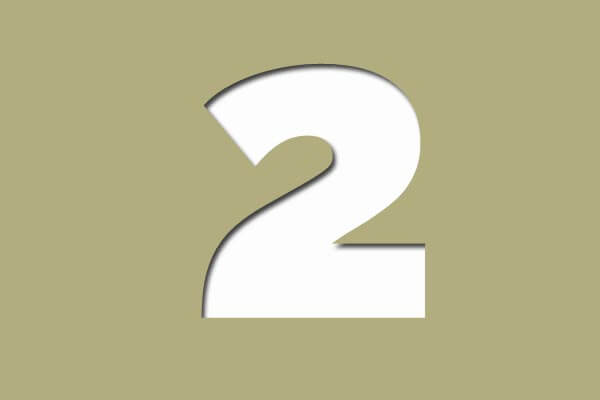The AP exams are rapidly approaching! Veteran AP U.S. History teacher and exam reader, Rich Mayorga, Ed.S. (author of 5-Minute Drill and former Arizona Teacher of the Year), has been guiding his Advanced Placement students to 4s and 5s for over two decades. Each year he makes sure that all of his students are crystal clear on these essential tips that can help test-takers avoid losing valuable points to simple mistakes. Some of these tips apply specifically to the AP History exams, while others are valuable advice for any exam.

Read the question multiple times, carefully and analytically. This might seem inane, but even the slightest misunderstanding of the prompt may result in a devastatingly low score.

When choosing between prompts, select the question you feel most competent and qualified to answer. There is NOT time to change questions once you have begun.

Both free response essays should be a minimum of 5 paragraphs (3 body paragraphs), especially the DBQ; length is important because it takes many words to appropriately and completely answer a question.

Write legibly on the real AP exam in May, and proofread your work. Don’t let simple mistakes cost you valuable points.

Mark the actual question. It may help to see the major demands of the prompt:

A few specific, focused, and relevant examples are better than a laundry list of names or cases without comment. Use these examples to explain your answer; provide cause/effect to answer your thesis.

In regards to your verb tense, use past tense throughout the essay (i.e. promoted, was, were, defeated, built, coordinated, bonded, etc.). This will make your essay clearer and more understandable.